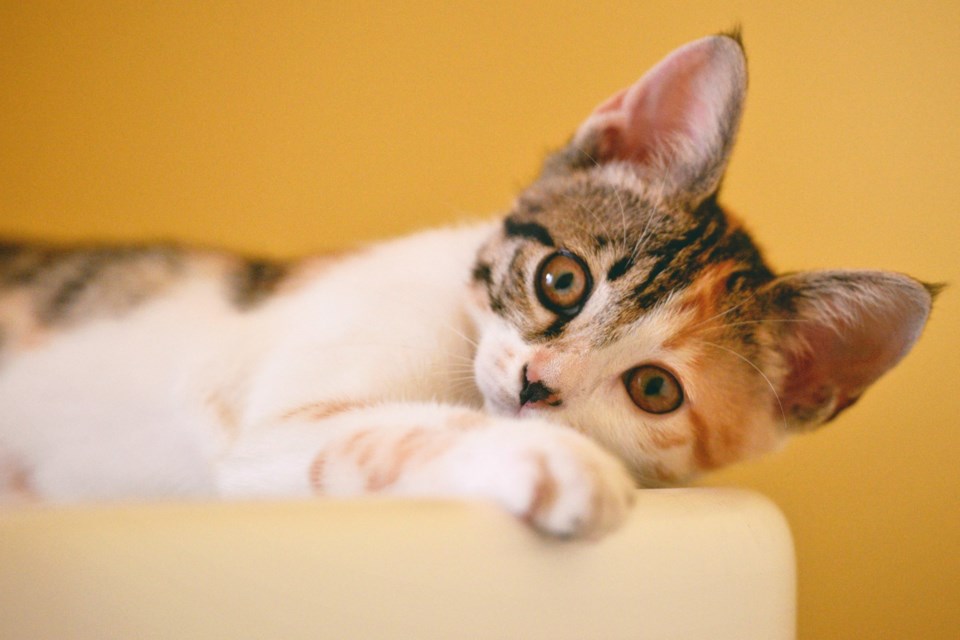One of the wonderful things about cats is their soft, delicate fur. When they ingest dead, loose hairs in the process of grooming, what usually happens is that they pass through the digestive system without any problems.
However, if too much hair builds up in the stomach, it causes irritation of the stomach lining, and this when a furball will be produced.
Furballs can be a recurring problem for cats, particularly long-haired breeds. Clearly an unpleasant experience for cats, symptoms generally include vomiting, unproductive retching, constipation and a loss of appetite.
Cats who suffer from furballs may eat grass or garden plants to try and medicate themselves. Grass causes them to vomit, which may also bring up the furball as well. Thus, if you see your cat eating grass, an irritating furball may be the reason.
One thing owners can do to help prevent furballs is regular combing of their cat's fur. This will get rid of much of the dead hair before it can be ingested. Fine-toothed combs are best for short haired cats, while wide-toothed combs tend to be more suitable for long haired cats. It's not advisable to use brushes, because they are much less effective at getting all the loose hair out.
A traditional remedy for furballs is petroleum jelly. The molecules of petroleum jelly are too large to be absorbed by the cat’s body, so they retain their form and act as a lubricant to help the ingested hair move through the animal’s digestive system, and out in the normal way. Simply apply a small amount to a cat's paw, so the cat can lick it up.
You can use plain petroleum jelly, but there are varieties available in different flavours (such as tuna) that are designed especially for cats. These will make the jelly more palatable to cats, so are a good option if your cat shows reluctance towards this treatment.
Another common treatment for the condition is to feed the cat tablets containing several herbs, generally a mixture valerian root, dandelion root and senna leaf, that are powdered and pressed into tablet form. Together, the ingredients work as a laxative, so it is generally given for the relief of constipation or to help treat cats suffering from furballing.
It is recommended that cats who are experiencing noticeable discomfort because of furballs are given one of these tablets daily. In addition, it is also a good idea to give cats who are prone to furballs one tablet a day during their moulting period. The one caveat to bear in mind when giving herbal treatments such as these is that they are not suitable for pregnant or lactating females.
Once cats get rid of their furballs, they normally recover quickly, and are soon back to normal. However, it is important to be aware that your cat may be suffering from dehydration because of the vomiting, and may need a special diet for a few days.
Article courtesy of pet-articles.blogspot.com. Pets and Animals is made possible by our Community Leaders Program.



